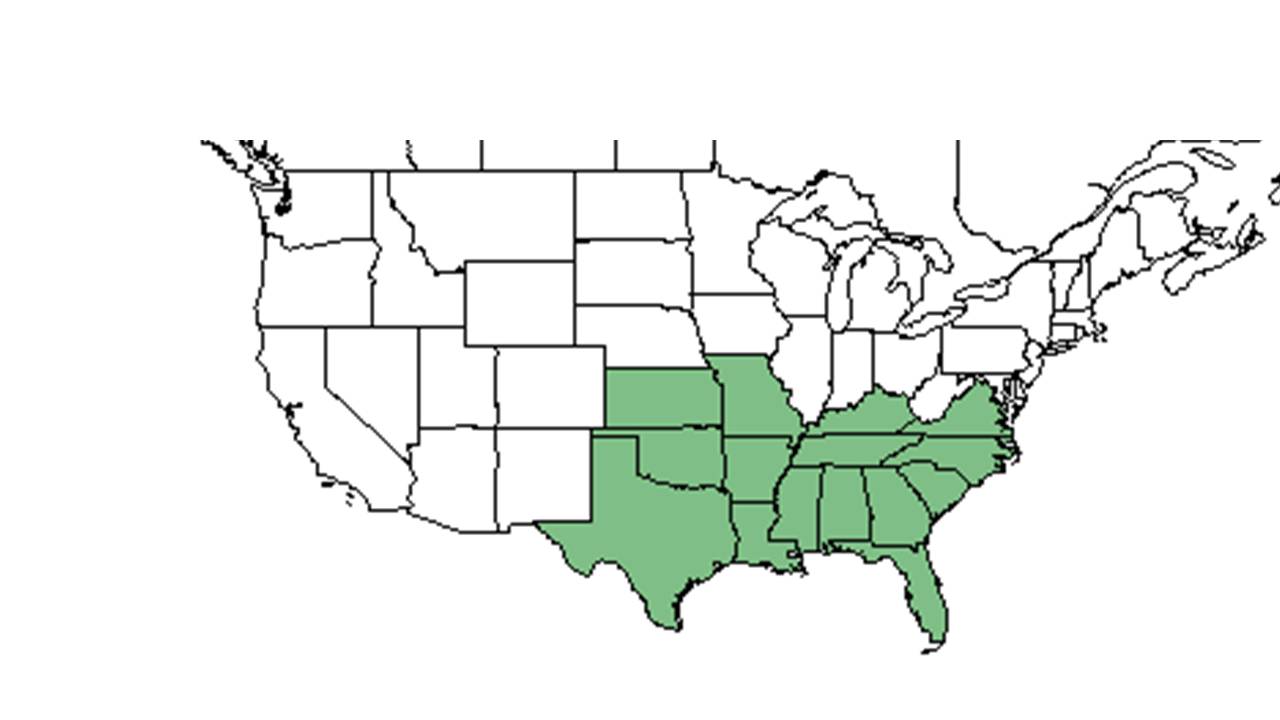Difference between revisions of "Scleria ciliata"
| Line 28: | Line 28: | ||
===Seed bank and germination=== | ===Seed bank and germination=== | ||
===Fire ecology=== <!--Fire tolerance, fire dependence, adaptive fire responses--> | ===Fire ecology=== <!--Fire tolerance, fire dependence, adaptive fire responses--> | ||
| + | ''S. ciliata'' reached its peak abundance in 3-year rough plots, plots which had been last burned 3 growing seasons ago (Buckner and Landers 1979). | ||
| + | --[[User:Michellesmith|Michellesmith]] ([[User talk:Michellesmith|talk]]) 13:47, 17 June 2015 (EDT)Michelle Smith | ||
| + | |||
===Pollination=== | ===Pollination=== | ||
===Use by animals=== <!--Herbivory, granivory, insect hosting, etc.--> | ===Use by animals=== <!--Herbivory, granivory, insect hosting, etc.--> | ||
Revision as of 17:47, 17 June 2015
| Scleria ciliata | |
|---|---|
Error creating thumbnail: Unable to save thumbnail to destination
| |
| Scientific classification | |
| Kingdom: | Plantae |
| Division: | Magnoliophyta – Flowering plants |
| Class: | Liliopsida – Monocotyledons |
| Order: | Cyperales |
| Family: | Cyperaceae |
| Genus: | Scleria |
| Species: | S. ciliata |
| Binomial name | |
| Scleria ciliata Michx. | |

| |
| Natural range of Scleria ciliata from USDA NRCS Plants Database. | |
Contents
Description
Distribution
Ecology
Habitat
Found in longleaf pine-wiregrass communities (Buckner and Landers 1979). Also found in grasslands (Jutila and Grace 2002).
Phenology
Seed dispersal
Seed bank and germination
Fire ecology
S. ciliata reached its peak abundance in 3-year rough plots, plots which had been last burned 3 growing seasons ago (Buckner and Landers 1979). --Michellesmith (talk) 13:47, 17 June 2015 (EDT)Michelle Smith
Pollination
Use by animals
Diseases and parasites
Conservation and Management
Cultivation and restoration
References and notes
- Buckner, J. L. and J. L. Landers. 1979. Fire and disking effects on herbaceous food plants and seed supplies. Journal of Wildlife Management 43:807-811.
- Jutila, H. M. and J. B. Grace. 2002. Effects of disturbance on germination and seedling establishment in a coastal prairie grassland: a test of the competitive release hypothesis. Journal of Ecology 90:291-302.